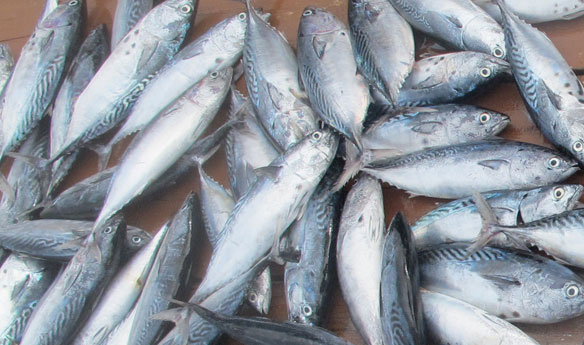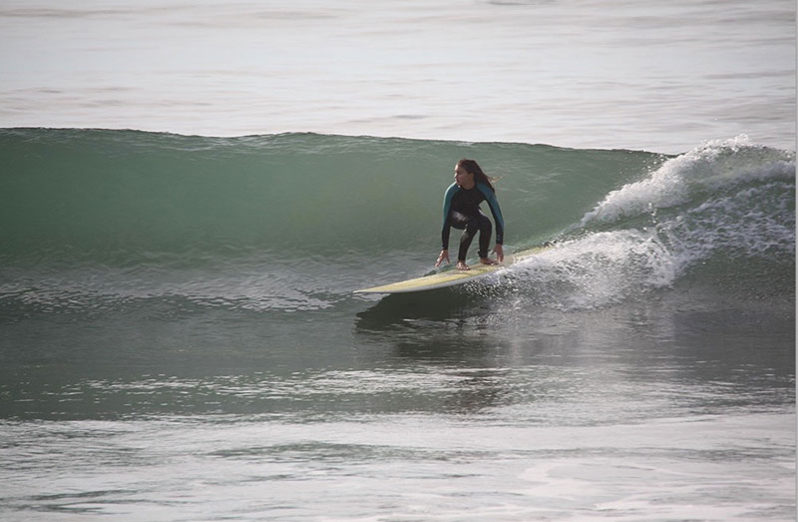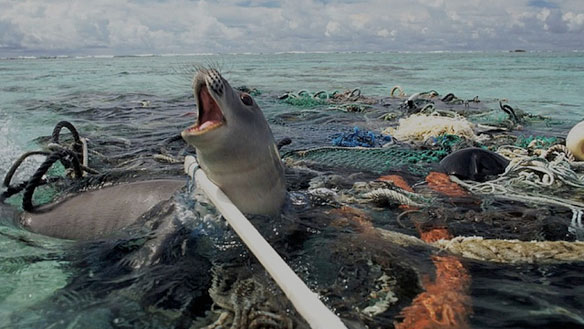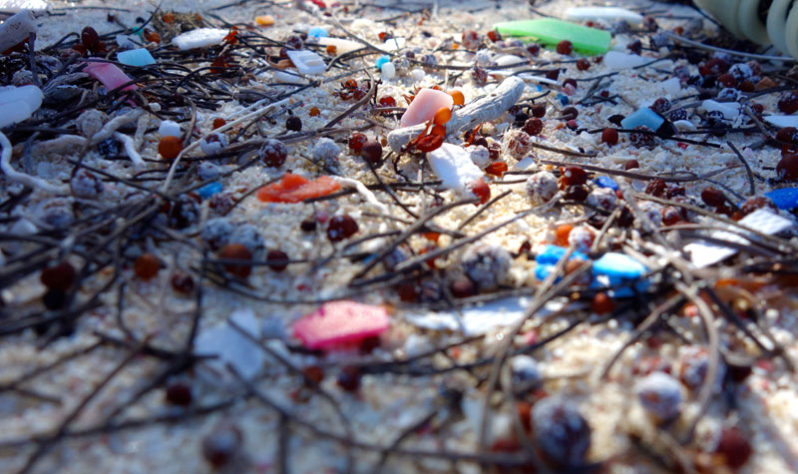Scientists have found oil from the Deepwater Horizon blowout in fishes’ livers and on the deep ocean floor

Over the decade since the Deepwater Horizon spill, thousands of scientists have analyzed its impact on the Gulf of Mexico. The spill affected many different parts of the Gulf, from coastal marshes to the deep sea.
Offshore oil and gas platforms release more methane than previously estimated

Offshore energy-producing platforms in U.S. waters of the Gulf of Mexico are emitting twice as much methane, a greenhouse gas, than previously thought, according to a new study.
A beach coronavirus warning meets a tidal wave of controversy, and the test of science

For weeks, a debate has been raging over whether going to the beach or swimming in the ocean increases your risk of catching or transmitting the coronavirus. The issue has rankled surfers, overwhelmed and confused anyone seeking the fresh air and freedom of the coast – mislead by initial news reporting out of context.
Fukushima: How the ocean became a dumping ground for radioactive waste

The nuclear disaster at Fukushima sent an unprecedented amount of radiation into the Pacific. But, before then, atomic bomb tests and radioactive waste were contaminating the sea — the effects are still being felt today.
Ships’ emissions create measurable regional change in clouds

Years of cloud data over a shipping route shows that pollution from ships has significantly increased the reflectivity of the clouds. The results suggest that industrial pollution’s effect on clouds has masked about a third of the warming due to fossil fuel burning since the late 1800s.
Scientists predict the size of plastics animals can eat

A team of scientists at Cardiff University has, for the first time, developed a way of predicting the size of plastics different animals are likely to ingest.
7,000 gallons of sewage from San Onofre nuclear plant spills a mile into the ocean

Officials at Southern California Edison, the plant’s operator, said the sewage amounted to a “non-radiological release” that entered the ocean through a conduit from Unit 2 at the facility.
Underwater avalanches are trapping microplastics in the deep ocean

A collaborative research project between the Universities of Manchester, Utrecht, and Durham, and the National Oceanography Centre has revealed for the first time how submarine sediment avalanches can transport microplastics from land into the deep ocean.
Venice: wildlife returns to tourist-free city

Under Venice’s strict rules of self-confinement to prevent the spread of the coronavirus, the ancient city has been transformed almost overnight. With the cruise ships gone and the souvenir stalls closed, the sanitary emergency lockdown has transformed La Serenissima’s hundreds of canals and waterways.
